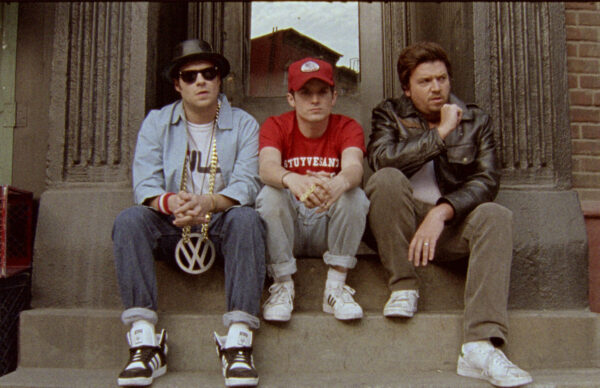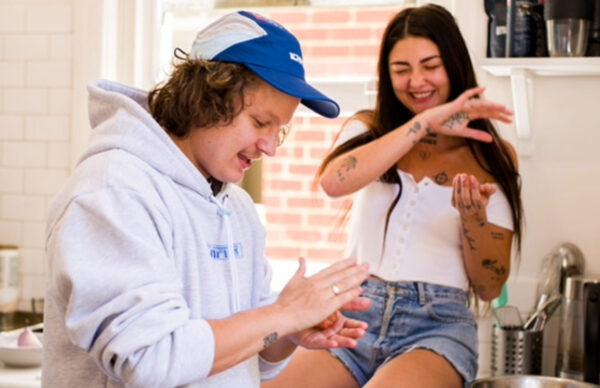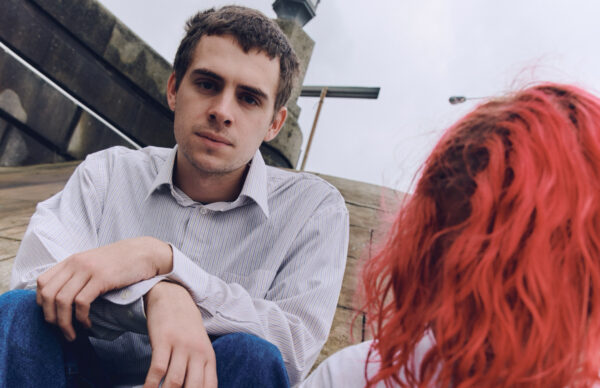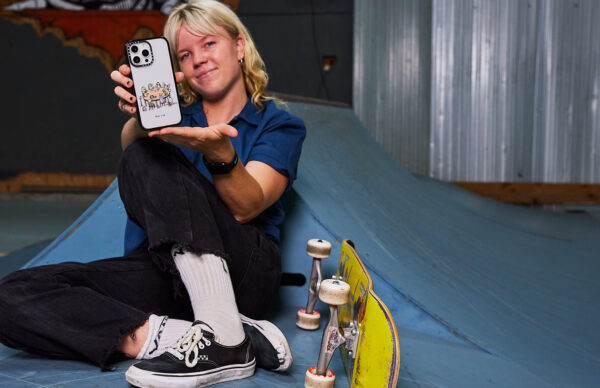This weekend, Nike will be kicking off their ‘Month of Max’ celebrations – honouring all things Air Max! They’re opening up the Air Max Lab in Surry Hills for some splendid events over the next few weeks, and it starts on Saturday with an ‘Icons of Air’ talk featuring LWA’s own editor Christopher Kevin Au. All events are free and require your registration – click here to get involved.
In 2016, it’s a given that sportswear and fashion go hand-in-hand. In fact, it’s hard to imagine any brand – from casual attire to high fashion – that hasn’t dabbled in some sort of athletic aesthetic.
In particular, sneakers have transcended style boundaries to become a staple for any season, and are now worn predominantly for their looks rather than their performance on the track or field. Luxurious iterations made of premium leather are sold in high-end sneaker boutiques, while others incorporate new technology into favoured, longstanding silhouettes. One of the most iconic is Nike’s own Air Max range, which was introduced to the world on March 26, 1987 in all of its bubbly glory. As we approach the Air Max Day anniversary in a few weeks time, we take a look back at the era which birthed the sneaker that changed the game forever.
Throughout the 70s and 80s, hip-hop’s most flamboyant brought athletic wear into fashion consciousness. It was breakdancers who wanted something comfortable to perform in, but also something that could be coordinated with the rest of their clothes. Matching garments and bold colour-blocking became style indicators of the era, and were largely pioneered by breakdancers who engaged in battles to not only see who could dance the hardest, but who could look the freshest. Switching the colours of shoelaces became an economically sound way for these early sneaker fanatics to stay fly without having to buy new pairs.
In the 80s, rappers began sporting their sneakers of choice with more pride than ever before. A reaction against the overblown, glam-infused looks of acts like Grandmaster Flash & The Furious Five, hip-hop groups began staying true to their street aesthetic with more dedication. Sportswear companies began taking notice of the influence of hip-hop and the relationships that could be formed between sneakers and their street ambassadors. Graffiti writers, with their appreciation of colour and unconventional aesthetic, also became sneaker aficionados and later led to prominent painters like Stash and Futura designing for Nike. In 1985, Nike was relying heavily on their new Jordan range to keep flattening sales afloat. The Jordan 1 ball shoe sent fans wild whenever MJ wore them on court for his record-breaking performances, and began one of the greatest sneaker legacies in history. Still, the best was yet to come for Nike. Tinker Hatfield, originally employed as an architect for the company, entered into sneaker design and began working on a shoe with extra cushioning and a bigger airbag. Inspired by the Pompidou Centre in Paris – a building where the inner mechanics of the building could be seen from the outside – he crafted a shoe design featuring a visible air bubble: The Air Max.
![]() While air bags had been used on previous Nike models like the Tailwind, and more fashion-conscious efforts had been made with the Cortez, the Air Max 1 was still a stern departure from previous shoes and earned a mixed response from Nike’s head honchos. Still, Tinker’s persistence prevailed and the Air Max 1 was released in its head-turning OG red colour – another venture away from Nike footwear at the time, which mostly arrived in whites or greys. Now, the Air Max 1 has been dressed in everything from pony hair to python print, in every colour of the spectrum. Thus, the Air Max family was born in 1987 – and while it might seem to be a regular wardrobe item in 2016, it was a ferociously wild gamble for Nike three decades ago. Tinker recalls that the “Air Max was a really important left turn away from where we were headed. I guess you can take two paths – continue trying to please everyone – or the other path where you still want to be successful, but do it your own way.”
While air bags had been used on previous Nike models like the Tailwind, and more fashion-conscious efforts had been made with the Cortez, the Air Max 1 was still a stern departure from previous shoes and earned a mixed response from Nike’s head honchos. Still, Tinker’s persistence prevailed and the Air Max 1 was released in its head-turning OG red colour – another venture away from Nike footwear at the time, which mostly arrived in whites or greys. Now, the Air Max 1 has been dressed in everything from pony hair to python print, in every colour of the spectrum. Thus, the Air Max family was born in 1987 – and while it might seem to be a regular wardrobe item in 2016, it was a ferociously wild gamble for Nike three decades ago. Tinker recalls that the “Air Max was a really important left turn away from where we were headed. I guess you can take two paths – continue trying to please everyone – or the other path where you still want to be successful, but do it your own way.”
While the Air Max was birthed in an era where sneakers were being integrated into fashion through various branches of hip-hop, those connections are still going strong today. West Coast legend The Game dropped his most celebrated line about Air Max 95s, while Eminem blessed the underrated Air Max Burst with a collaboration back in 2003. Other street-centric genres have also followed suit: UK grime don Dizzee Rascal designed one of the most coveted Air Max 90s of all time, while his former Roll Deep colleague Skepta is about to unleash his own blacked-out Air Classic BW.
With streetwear and sportswear taking heavy cues from hip-hop stars – not only in music videos, but on Instagram, Snapchat and Tumblr – the line between athletic wear and fashion has been merged beyond recognition, and we’re not complaining. After all, who doesn’t want to wear cushioned, comfy footwear in a club?






